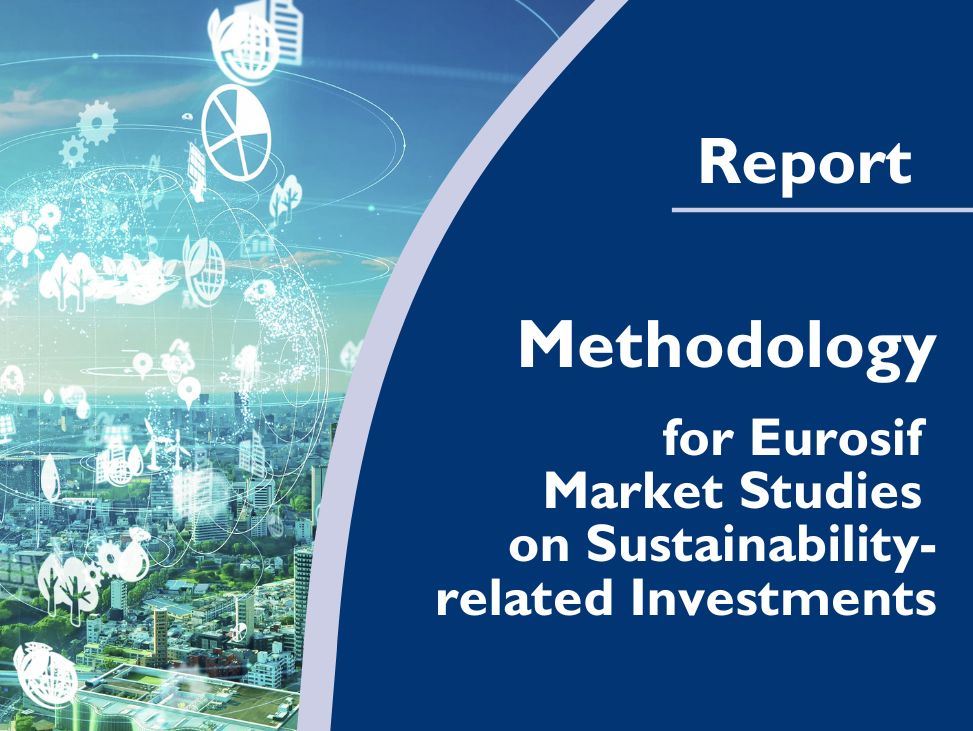Methodology for Eurosif Market Studies on Sustainability-related Investments
The purpose of this paper is to present a new methodology for market studies on sustainability-related investments. The paper is based on an earlier white paper by the University of Hamburg and Eurosif (Busch et al. 2022). The updated methodology was developed by Eurosif’s SRI Study Group (SSG) in cooperation with the University of Hamburg, the Sustainable Finance Research Group (SFRG) and Advanced Impact Research (AIR). Over the course of 2023, feedback from both SSG members and other practitioners was taken into account to make the methodology practicable.
Past market studies on sustainability-related investments typically gathered data on a range of different sustainability-related investment approaches and aggregated them to one of a number of “sustainable investments”. However, these statistics did not differentiate between investments based on their investment strategy and/or objectives to actively support the transition towards a more sustainable economy.
The methodology presented in this paper aims to reflect current approaches to sustainability-related investment across Europe more accurately. It introduces four distinct categories of sustainability-related investments that reflect the investments’ ambition level to actively contribute to the transition towards a more just and sustainable economy. In this context, “ambition” level refers to the intention to achieve desired positive sustainability outcomes in the real economy.
Two core features of the proposed approach are that it applies to all asset classes and that investments only qualify as one of the four categories if they implement binding ESG- or impact related criteria in their investment process.
The methodology will serve as a basis for future market studies conducted by Eurosif in cooperation with its members. It will also be available to all Sustainable Investment Forums globally and other stakeholders to use. It is not intended to reflect the categorisations of sustainable products as established within regulatory frameworks but to be sympathetic with such systems and labels as they emerge.
Read the full report below.

